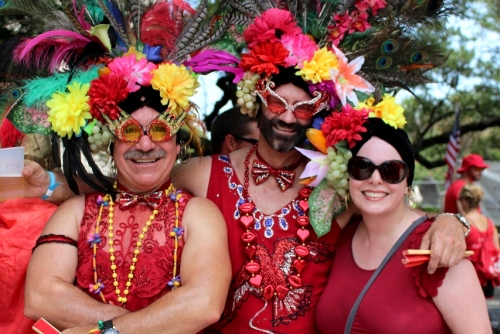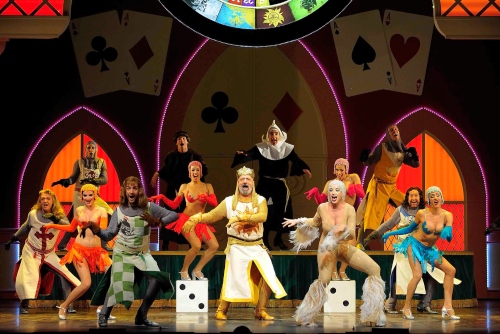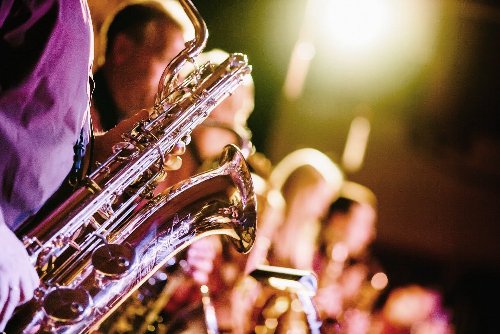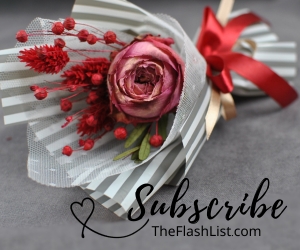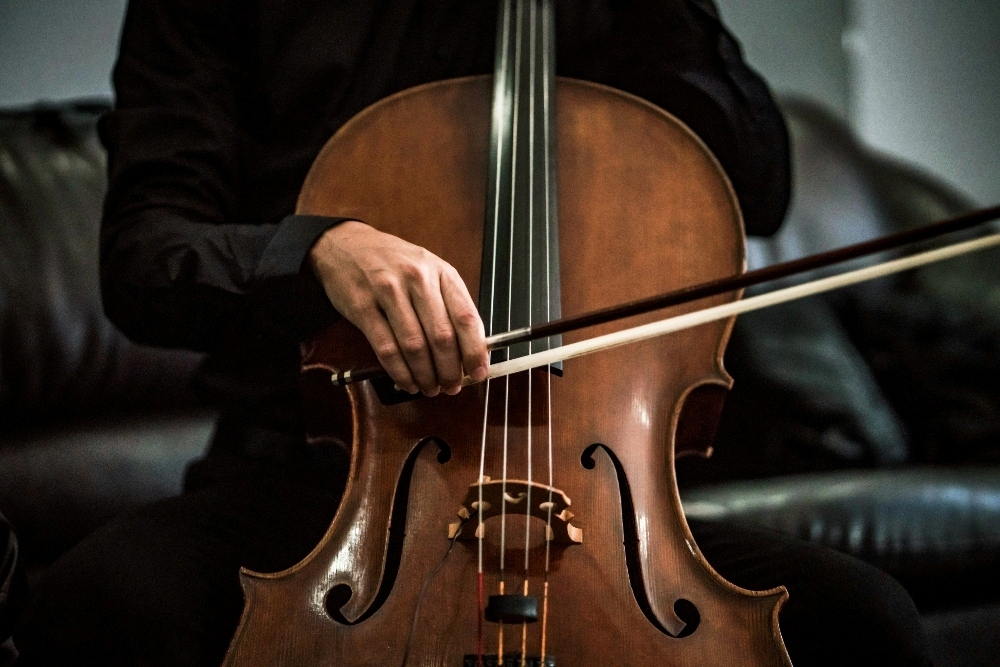
Attending a symphony orchestra performance offers more than just a night of elegant entertainment. It reveals a refined collaboration of musical artistry where every seat, section, and gesture plays a critical role in the final soundscape. Understanding the structure behind this ensemble enhances the listening experience, helping audiences distinguish instrumental voices and appreciate how different sections interact to form the cohesive expression of a musical score. From the commanding presence of the conductor to the subtle harmonic support of the lower strings, every detail is part of a precisely orchestrated design that has evolved over centuries.
Role of the Conductor
The conductor is the visual and musical guide who unifies the orchestra's performance. Positioned on a podium at the center front, the conductor sets the tempo, shapes dynamics, and cues specific sections using a baton or expressive hand movements. More than just timekeepers, skilled conductors bring interpretation to each composition, infusing the score with phrasing and energy that reflect both the composer's intent and their own musical vision. The relationship between conductor and musicians relies on mutual understanding, built over rehearsals where trust and consistency form the foundation for live performance.
Strings as the Foundation
Occupying the majority of the orchestra and seated closest to the audience, the string section typically includes first and second violins, violas, cellos, and double basses. These instruments contribute the warm, continuous textures that anchor the rest of the ensemble. The concertmaster, the principal first violinist, serves as the liaison between the string players and the conductor, often leading tuning and guiding articulation within the group. Because strings provide both melodic and harmonic roles, their versatility forms the backbone of the orchestra's sound.
Woodwinds Add Color and Nuance
Behind the strings, the woodwind section introduces rich tonal variety and expressive depth. This family typically includes flutes, oboes, clarinets, and bassoons, each offering distinct voice and character. Woodwinds frequently carry lyrical passages and countermelodies, and their ability to blend or stand out makes them a dynamic presence. The principal players of each woodwind subgroup play solo lines and shape the stylistic contour of their instruments' contributions. Understanding how the reeds and air columns work in tandem enhances appreciation for the subtle detail they bring to a performance.
Brass and the Power of Projection
Further back, the brass section delivers resonance, power, and grandeur. Featuring trumpets, French horns, trombones, and tubas, brass instruments can dominate climactic moments or provide harmonic depth when paired sensitively with other sections. French horns often serve as a bridge between woodwinds and brass, with their mellow tone and rounded sound. Because of their volume and intensity, brass players must carefully regulate their dynamic range to maintain balance across the ensemble. Many classic symphonic works build tension and release through brass swells that command attention and emotional weight.
Percussion for Rhythm and Effect
Occupying the rear of the stage, the percussion section is far more varied than its often-understated presence suggests. While timpani are the staple, other instruments include snare drums, bass drums, cymbals, triangles, xylophones, and chimes. Percussionists often switch between instruments, contributing rhythmic punctuation, dramatic accents, and atmospheric effects. Their role requires precision and adaptability, as timing is crucial for maintaining the overall momentum of a performance. In modern compositions, percussion has expanded to include unconventional tools and electronic enhancements that push the boundaries of traditional sound palettes.
Keyboard and Harp in Supporting Roles
Though less common, the harp and keyboard instruments such as piano, celesta, or organ are occasionally featured in orchestral arrangements. Positioned toward the side or back of the stage, these instruments provide harmonic texture and coloristic flourishes that enrich the music's dimension. Harp glissandos and celesta tinkles can introduce a magical quality, especially in ballet and theatrical scores. While they may not appear in every symphony, their inclusion is often intentional and emotionally charged, lending sparkle or solemnity when the composer desires a unique tonal shade.
How Seating Affects Sound
The arrangement of musicians on stage is carefully designed to optimize acoustics and ensemble coordination. Traditional layouts place first violins to the conductor's left and second violins to the right, with violas and cellos positioned center-left and center-right. Double basses usually line the back or flank the sides for resonance. Woodwinds and brass stack behind the strings, while percussion rounds out the rear. This configuration balances sound projection, ensuring that no single section overpowers another. Some modern orchestras adjust seating based on venue or repertoire, tailoring each performance for clarity and impact.
Understanding Score Hierarchy
The orchestral score is a vertical snapshot of simultaneous activity, listing each instrument's part from top to bottom in a standardized order. Conductors rely on this hierarchy to track interactions and transitions. From top-level flutes to bottom-level contrabasses, the layout facilitates an understanding of how musical ideas are distributed and developed. Observing which sections carry themes or variations allows listeners to follow the architecture of a piece. Even without reading music, recognizing the basic structure of a score enhances appreciation of the dialogue unfolding between different sections.
Chamber and Youth Orchestras
Beyond large professional ensembles, chamber orchestras and youth groups offer insight into more intimate or emerging interpretations of orchestral music. Chamber orchestras reduce instrumentation, resulting in lighter textures and more transparency between parts. Youth orchestras, often led by educators or aspiring conductors, showcase promising talent and provide access to classical training for younger musicians. These smaller formats offer audiences the chance to witness the development of skill and leadership within a communal, often local setting, while still delivering high-caliber performances that reflect the broader symphonic tradition.
Attending a symphony concert is a multisensory occasion that rewards both preparation and curiosity. Reading program notes, researching featured composers, or even listening to recordings in advance can heighten the experience. Observing how musicians communicate visually, tracking the interplay between sections, and noticing how the conductor shapes transitions transforms passive listening into an engaging pursuit. Whether seated in a grand concert hall or attending a free community performance, understanding the orchestra's structure allows for a deeper connection to the music and a richer appreciation for its artistry.
EDITORIAL POLICY
The Flash List is dedicated to providing trustworthy editorial content by maintaining strict ethical standards, journalistic integrity, and credible professionalism regardless of any remuneration as working media. The Flash List is not affiliated with third-party companies mentioned and makes no endorsement or guarantee expressed or implied. The preceding article, which contains affiliated link(s) for which compensation was received, is intended for informational reference only and does not constitute advice of any kind. Moreover, a qualified professional should be consulted regarding any lifestyle consideration, medical treatment, or monetary transaction, etc. Content is published in accordance with USFTC regulations and terms and conditions.
MORE ON THE FLASH LIST








